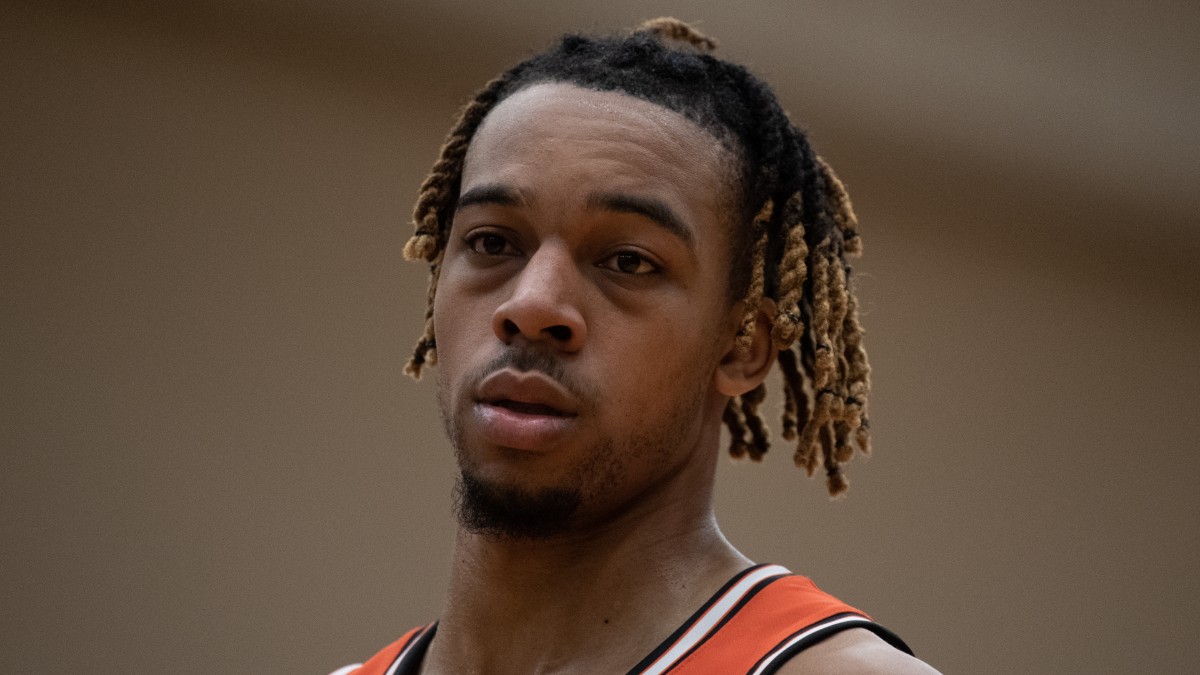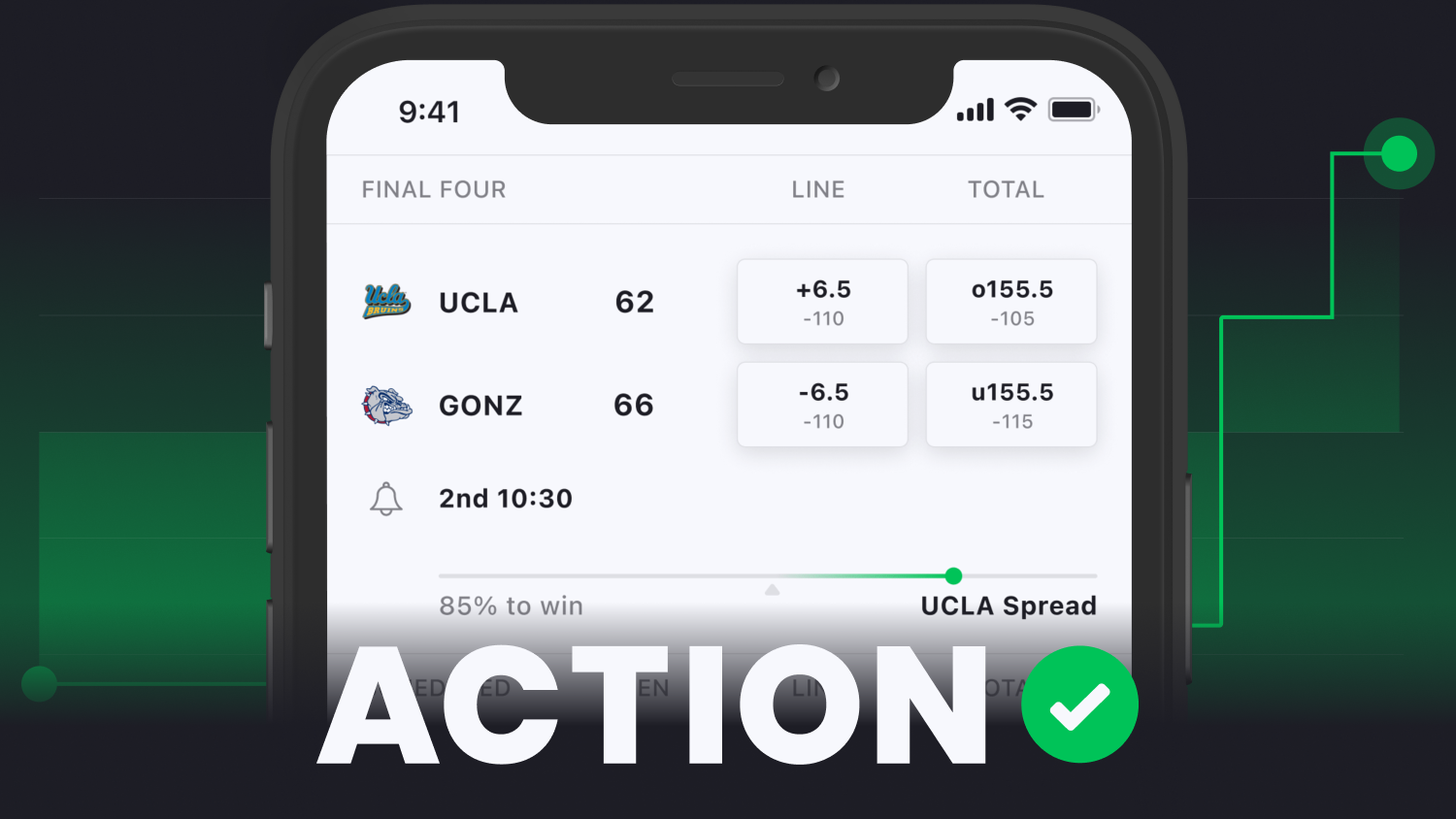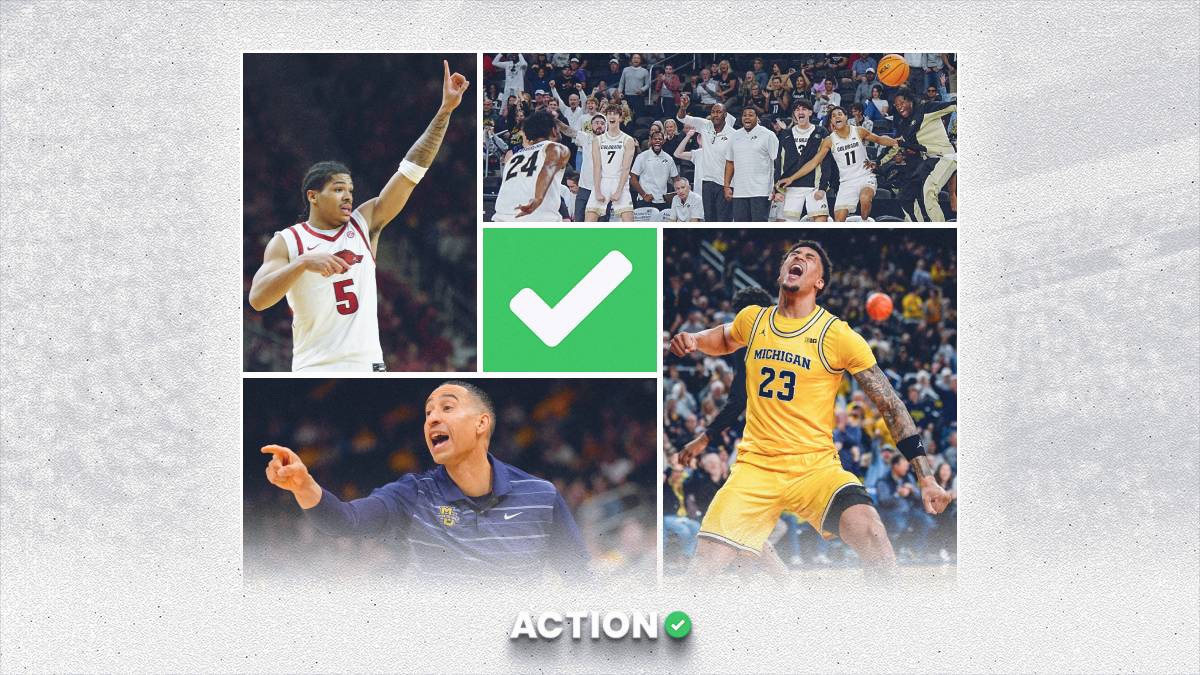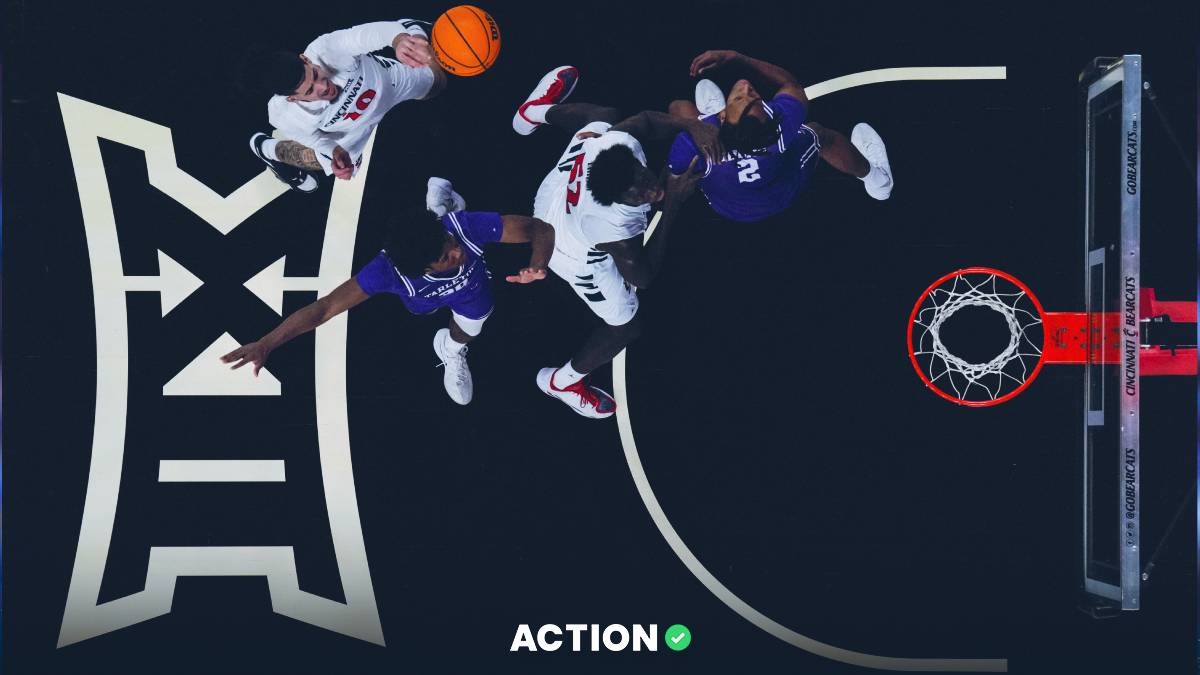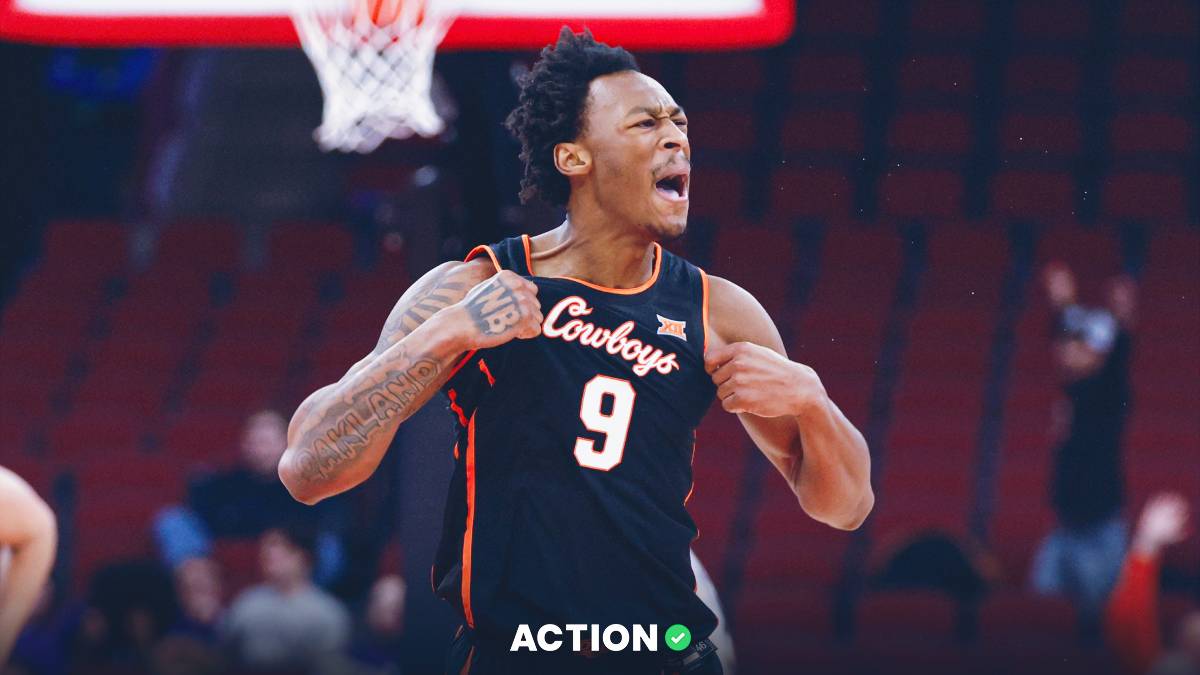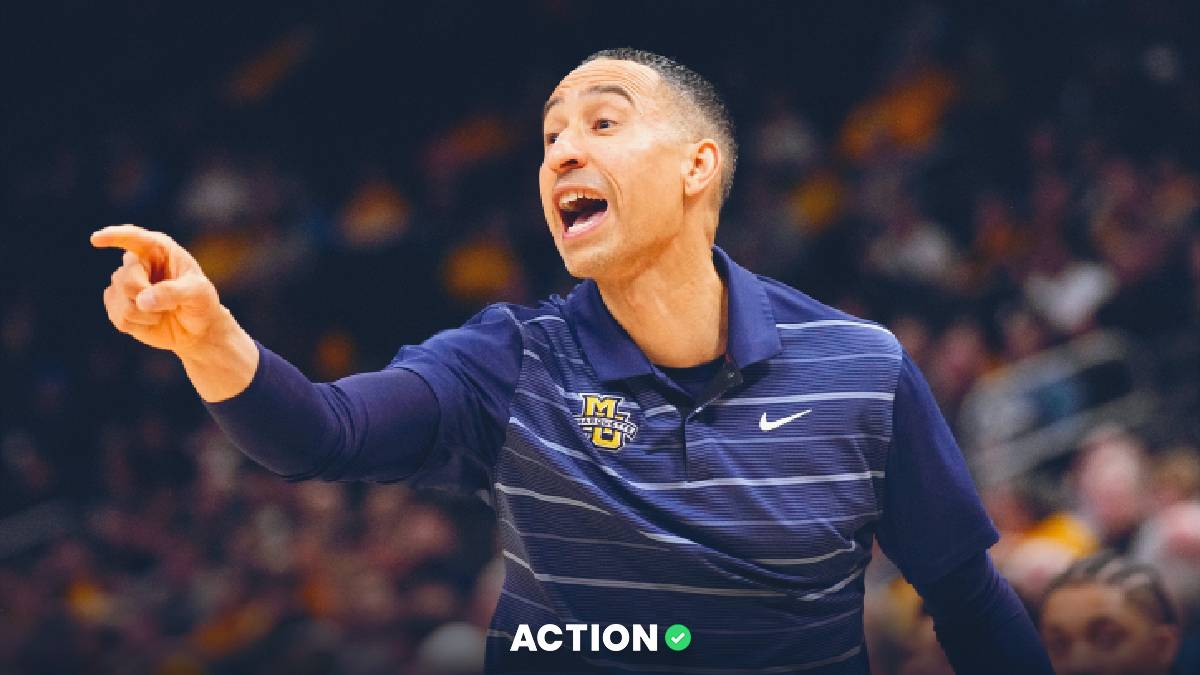It’s safe to say the Ivy League plays under its own rules. The conference decided to cancel its entire season in 2020 due to COVID-19, despite 347 other teams deciding to give it a go.
But the league returned to play last season, and Yale cut down the nets just before Selection Sunday.
The conference has been dominated by the big four of Princeton, Penn, Yale and Harvard. In total, the four programs are responsible for 18 of the Ivy's last 20 NCAA tournament appearances.
Will that trend continue this season, or will another program be able to break through?
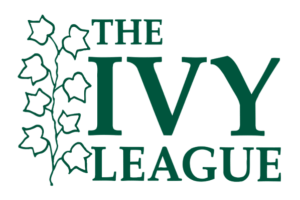
2022-23 Ivy League Regular Season Futures Odds
| Princeton | +175 |
| Penn | +225 |
| Yale | +350 |
| Harvard | +450 |
| Cornell | +1200 |
| Brown | +1600 |
| Dartmouth | +2000 |
| Columbia | +4000 |
Top Dogs
Princeton Tigers
Princeton was the team to beat last season, finishing 23-7 overall and hoisting a 12-2 record against conference foes.
The Tigers defeated South Carolina and Oregon State while taking Minnesota to double OT in non-conference play.
They were the odds-on favorites to earn the Ivy's NCAA tournament bid until Yale ended that dream, outlasting them in the league championship game by two points.
The patented Princeton offense was one of the most efficient groups in the nation last season. The offense ranked 29th in efficiency and owned a top-10 turnover rate. The Tigers shot 57% from the field and 38% from behind the arc, which was good for top-six in the country in both categories.
The defense was adequate at best, ranking 250th nationally in efficiency.
Head coach Mitch Henderson leaned heavily on the starting lineup, as the Tigers ranked 346th in Bench Minutes. All five of the starters averaged double-digit points per game, but only two of them are returning this season.
Leading scorer Tosan Evbuomwan is back as the pivotal centerpiece of the Princeton offensive scheme. The 6-foot-7 forward averaged 16 points and seven rebounds per game. He also led the Ivy League with 5.1 assists per game.
Sharpshooter Ryan Langborg joins him after converting on 41% of his 163 3-point attempts from last year — good for third in the conference.
Yale Bulldogs
Yale has won or shared four of the last seven Ivy League regular-season titles, and won the conference tournament last season — though the Bulldogs were outgunned in the NCAA tournament by Purdue in the opening round.
Now the group resets after losing star guard Azar Swain, who was with the program since the 2017 season. Swain was the clear leader of Yale, as he averaged just shy of 20 points per game while hitting 35% from deep.
The Bulldogs also lose Jalen Gabbidon, who was the second-leading scorer by putting up 11 points per game. He was a true slasher that shot 48% from the field.
Yale has some strong pieces returning this season, though, including the next five leading scorers behind Swain and Gabbidon.
The program owned the best defense in the conference, and the unit should be just as stout this season. The Bulldogs held conference opponents to a league-best 48% from the field and only 28% from 3-point territory.
In a conference that boasts the fourth-most 3-point attempts per game, that will likely be the key to success again this season.
Penn Quakers
Head coach Steve Donahue returns for his seventh season with Penn, and hopes to get the program back to its winning ways.
Donahue led the Quakers to three straight winning seasons — with a combined record of 59-32 — from 2018-2020. But the group took a step backward after the layover season, finishing just 12-16 overall last season.
Penn will have a slight advantage over the other two top-tier programs this season, as it returns its top four scorers from the last campaign.
None are more important than the First Team All-Ivy guard Jordan Dingle. The 6-foot-3 talent led the conference in scoring at 21 points per game.
Offensively, Penn ranked second in the Ivy League in efficiency, while ranking third in points per game (72). The group took care of the basketball, but lacked outside shooting threats — the Quakers ranked dead-last in the conference, hitting just 31% from deep.
The defense was the pain point, as the program only ranked ahead of Columbia in both defensive efficiency and points allowed per game (76).
With 86% of their minutes returning, the Quakers are a dangerous team that can make a run at the Ivy League title this season.
Harvard Crimson
It was a disappointing season for Harvard, which finished 5-9 in Ivy League play despite having a stellar recruiting class enter Cambridge. The program lost six of its final seven games to miss out on the four-team conference tournament.
The defense remained one of the best in the conference, holding opponents to just 69 points per game.
With solid size for Ivy League standards, the program was able to dominate in the paint on both ends of the floor.
6-foot-7 former four-star recruit Noah Kirkwood is gone after averaging 18 points and six rebounds per game. But the Crimson return 6-foot-6 forward Chris Ledlum, who averaged 17 points and nine rebounds last year.
They also return 6-foot-6 guard Luka Sakota, who was a sniper from the outside, hitting 37% last season. Sakota will be asked to be more of a scoring threat after being named captain in the offseason.
I have high hopes for the Harvard program this season. The Crimson lost many close games last season in Ivy League play, including two three-point losses to Yale and a one-point loss to Princeton.
Dark Horses
Cornell Big Red
Cornell spearheads the second-tier Ivy programs after finishing 15-11 and splitting its 14 conference matchups.
That was an impressive jump after the program was pegged to finish at the bottom of the conference. It was the first winning season for the Big Red since the 2009 squad that made it to the NCAA tournament's Sweet 16.
The improvement can be attributed to the change of pace from head coach Brian Earl. In 2020, the Big Red finished 7-20 while ranking 314th in the nation in Tempo. Last year, the program increased its tempo to 16th in the nation and took 47% of its shot attempts from behind the arc.
The run-and-gun style helped Earl become the first in Cornell's history to win the Ivy League's Coach of the Year award.
The group had the No. 1-seeded Princeton Tigers against the ropes in the Ivy League Tournament, but ultimately lost by four.
Now the Big Red must regroup after losing three of their top four scorers from last season.
On the plus side, Cornell ranked fourth in the nation in Bench Minutes last season and had 10 players average between five and 10 points per game. The Big Red should be able to plug-and-replace to keep the momentum running this season.
Brown Bears
Brown was a cash cow for bettors during the non-conference last season, covering the spread in eight of its first 10 games.
It upset Bradley and lost to Colorado by one possession in the first month of the season. But the Bears gave it all back down the stretch, covering the spread in only two of their final 10 games.
Brown relied on its elite defense last season, thanks to 6-foot-9 rim protector Jaylan Gainey manning the paint. But Gainey, who led the Ivy League with 2.2 blocks per game, is gone in 2022-23.
Joining him out the door is leading scorer Tamenang Choh — who averaged 14 points per game — and lockdown defender David Mitchell.
Sophomore guard Kino Lilly Jr. averaged 13 points per game as a freshman and hit 40% from behind the arc. The Bears will look for him to take a more dominant scoring role in his sophomore year.
Head coach Mike Martin has finished in the middle of the Ivy League in all nine years he's been at the helm. With all the turnover, it’s hard to imagine the Bears making a jump into the top four.
Dartmouth Big Green
Dartmouth opened last year winning five of its first 20 games and had a 2-7 conference record. The Big Green made a late push — winning four of their final five games — but missed out on the Ivy League Tournament by one game.
Bettors were profitable backing Dartmouth down the stretch, as the program covered the spread in nine of its final 11 games.
Head coach David McLaughlin enters his seventh season in search of his first winning record. Last year was the best finish in his tenure, as the Big Green finished with a 6-8 record in league play.
The Big Green played at the slowest tempo in the Ivy League and ranked 310th nationally. That slow pace led them to the second-lowest-scoring offense and top-scoring defense last season.
That offense will likely take another step back this year, as the program loses its top three leading scorers from 2021-22. The trio combined for 51% of the program’s total points. The loss of 6-foot-2 guard Brendan Barry will be felt the hardest.
With massive turnover hitting the Big Green, I’m looking to fade them early in the season, and I anticipate them to finish at the bottom of the conference.
Longshot
Columbia Lions
It was a season to forget for Columbia, which finished 4-22 while winning only one matchup against Ivy League opponents. The Lions were double-digit underdogs in all but three matchups last season.
The woes started on the defensive end of the floor, where the Lions ranked 348th in the country in efficiency. Columbia allowed a league-worst 79 points per game and held only one Ivy League school to below 70 points per game.
They do return their top two scorers in Geronimo Rubio De La Rosa and Liam Murphy, though. Both averaged a dozen points per game last season, and a step forward is expected in Rubio De La Rosa’s sophomore year.
These two were the only outside shooting threats on the squad last season, combining to hit 34% from behind the arc.
The offense also ranked at the bottom of the Ivy League, averaging only 67 points per game.
It’s hard to imagine a step forward for this program, as it faces a massive talent gap from the rest of the above teams.


